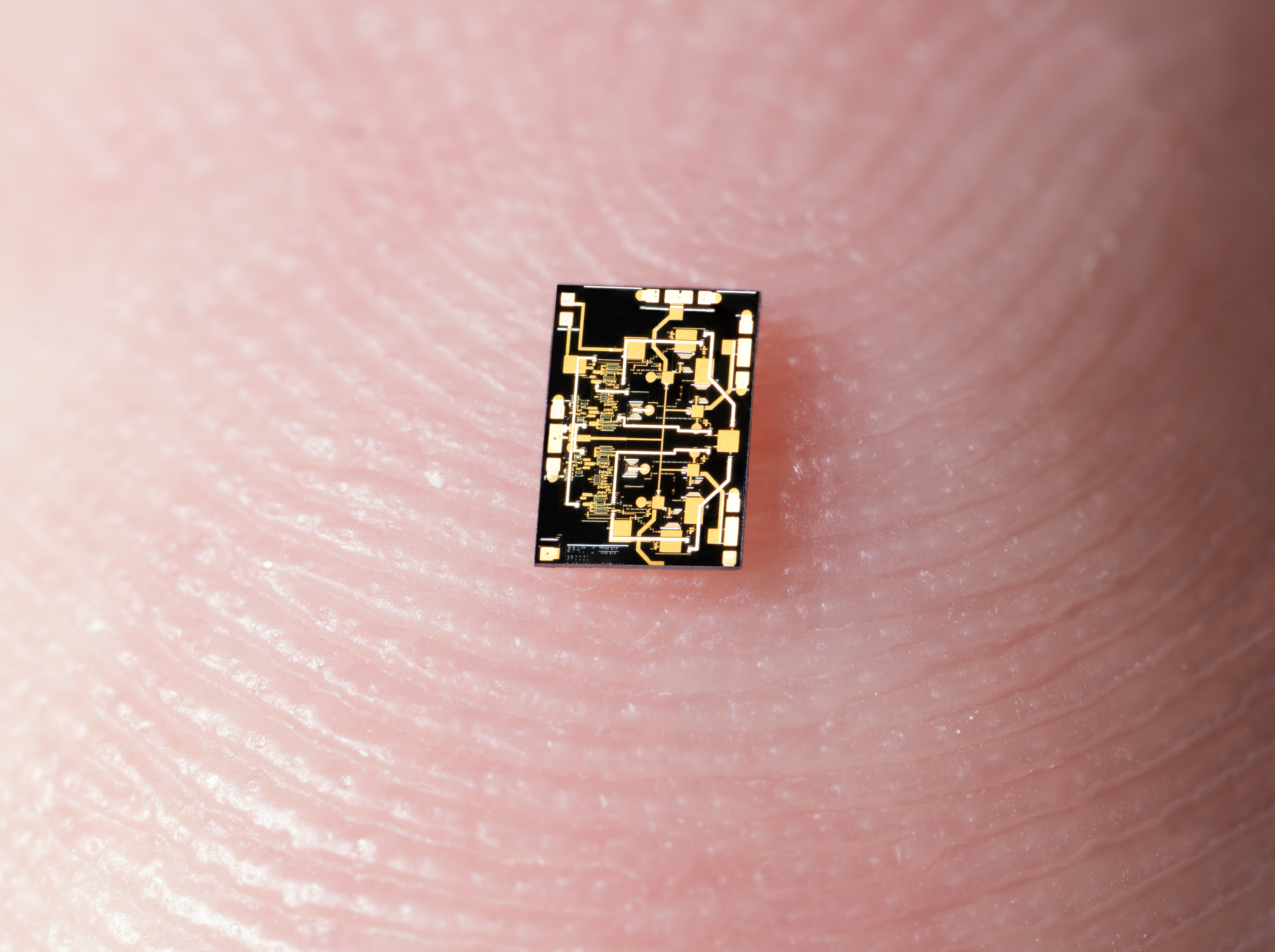
WASHINGTON — The Defense Innovation Unit (DIU) has inked deals with seven software developers and tasked them with moving out with autonomy and command and control work, aimed at propelling the Replicator initiative forward.
“Many leading AI [artificial intelligence] and autonomy firms are outside of our traditional defense industrial base, and DIU is working actively with partners across the department to bring the very best capabilities from the US tech sector to bear in support of our most critical warfighter needs,” DIU Director Doug Beck said in today’s announcement. “This latest step in the Replicator initiative is a critical example of that teamwork in action.”
While DIU did not disclose contract values or the work timeline associated with those new C2 and autonomy deals, it did provide a few insights into the competition pool while also announcing the winners.
In the category of Opportunistic, Resilient & Innovative Expeditionary Network Topology (ORIENT), 119 companies submitted 130 solution proposals. From that pool, DIU selected Aalyria, Higher Ground, IoT/AI and Viasat for prototyping work.
Meanwhile, the office’s call for help with Autonomous Collaborative Teaming (ACT), designed to better automate the coordination between hundreds or thousands of unmanned drones, sparked 132 companies to submit 165 solutions. DIU has now whittled that down to three, awarding prototyping deals to Anduril Industries, L3Harris Technologies and Swarm Aero.
“We are seeing the strength of the joint teams that assemble to collaborate on the challenges of deploying autonomous systems including policy, software architecture, experimentation, and more,” Pentagon AI chief Radha Plumb said in the press release.
In August 2023, Deputy Defense Secretary Kathleen Hicks launched Replicator as an avenue for countering China’s military mass by cranking out multiple thousands of “attritable autonomous systems” within two years — think unmanned surface vessels and loitering drones.
Earlier this month, the Pentagon confirmed a host of details about the initiative including that the two drones selected for the Army’s Company-Level Small Uncrewed Aircraft System program — Ghost X from Anduril Industries and the C-100 from Performance Drone Works – were also both under the Replicator-1, Tranche 2 umbrella.
The Marine Corps’ Organic Precision Fires program, which revolves around Anduril’s Altius-600, has also been deemed a Replicator initiative, and is there to complement the Switchblade-600 loitering munition that was previously announced as part of Replicator. The Air Force’s Enterprise Test Vehicle (ETV), a drone prototyping competition, is also joining the Replicator pack.
In addition to work on Replicator 1, the department announced plans for a second Replicator initiative in September, this time focusing on finding systems to counter small drones at US military installations across the globe.

